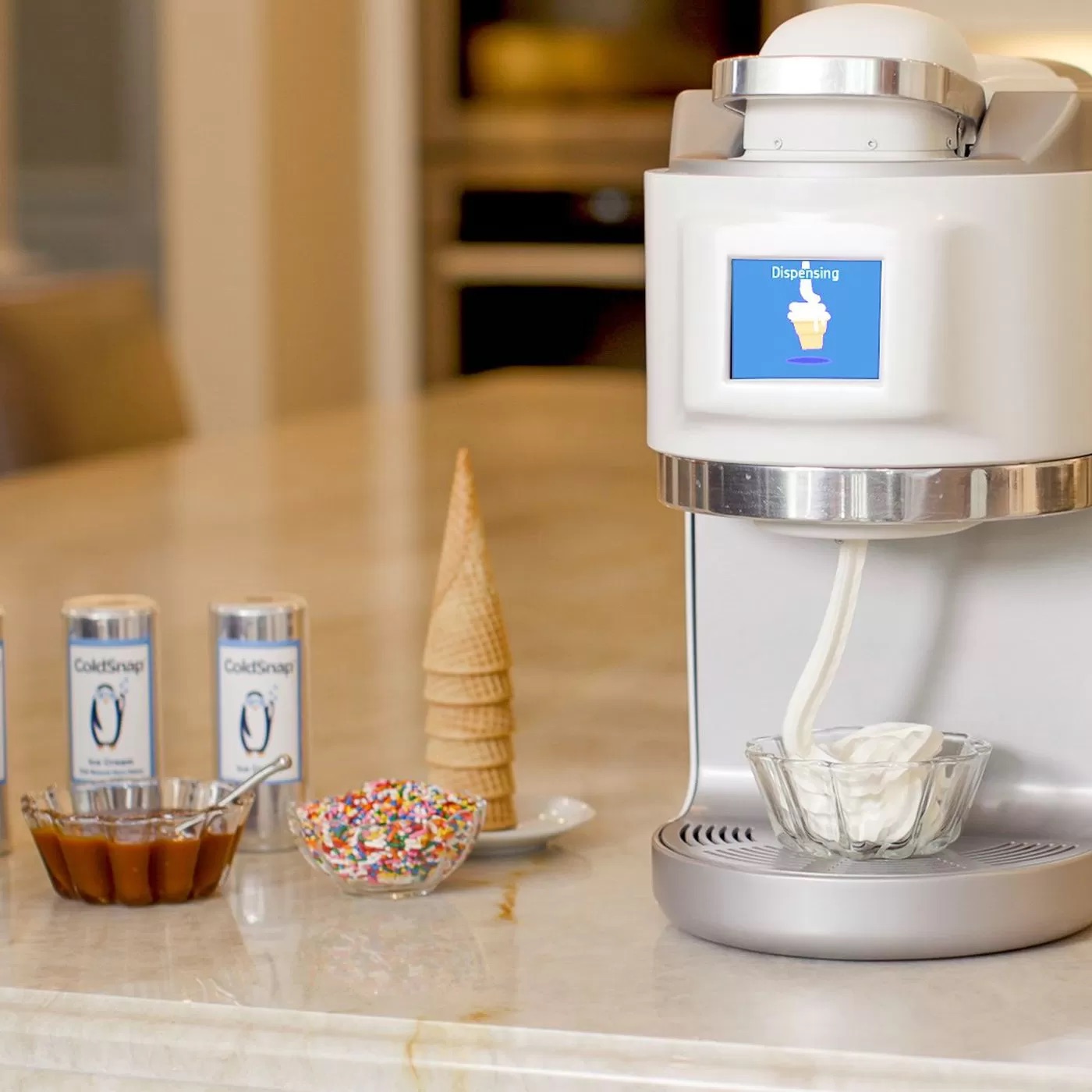

Articles
How To Use An Ice Cream Machine
Modified: February 24, 2024
Learn how to make delicious homemade ice cream with the help of an ice cream machine. Read our informative articles for step-by-step instructions and expert tips.
(Many of the links in this article redirect to a specific reviewed product. Your purchase of these products through affiliate links helps to generate commission for Storables.com, at no extra cost. Learn more)
Introduction
Welcome to the world of homemade ice cream! The joy of creating your own frozen treats is unmatched. And what better way to achieve that than by using an ice cream machine? Whether you’re a seasoned chef or a beginner in the kitchen, an ice cream machine can elevate your dessert game to new heights.
In this article, we’ll guide you through the process of using an ice cream machine, from understanding the machine itself to creating delicious ice cream flavors. Get ready to embark on a delightful journey of ice cream making!
Before we dive into the specifics, let’s take a moment to explore why using an ice cream machine can make all the difference in your homemade ice cream. The primary purpose of an ice cream machine is to freeze the mixture while constantly churning it. This continuous churning prevents the formation of large ice crystals, resulting in a smoother and creamier texture. It also incorporates air into the mixture, giving your ice cream a lighter and fluffier consistency.
While it’s possible to make ice cream without a machine, the process can be more time-consuming and requires regular stirring by hand to prevent ice crystals from forming. Using an ice cream machine automates the freezing and churning process, giving you consistent and professional results every time.
Now that we understand the advantages of using an ice cream machine, let’s move on to the next section, where we’ll delve deeper into the different types of ice cream machines available in the market and which one might be perfect for you.
Key Takeaways:
- Elevate your homemade ice cream game with an ice cream machine, ensuring a smoother, creamier texture and the convenience of automated freezing and churning.
- Prepare a delicious ice cream mixture, chill it thoroughly, and add mix-ins at the right time for a burst of flavor and texture. Enjoy the delightful process of making homemade ice cream!
Read more: How To Use An Ice Cream Maker
Understanding the Ice Cream Machine
Before you begin using an ice cream machine, it’s essential to familiarize yourself with its components and understand how it works. Ice cream machines come in various types, including freezer bowl machines, compressor machines, and commercial-grade machines. Each type operates differently, but the basic principle remains the same: freezing and churning the ice cream mixture.
The most common type of ice cream machine for home use is the freezer bowl machine. This machine consists of a bowl that needs to be pre-frozen before use. Inside the bowl, there is a built-in freezing element that freezes the mixture while it churns. Freezer bowl machines are affordable, compact, and easy to use, making them a popular choice amongst home ice cream enthusiasts.
Compressor machines, on the other hand, have a built-in freezer unit, eliminating the need to pre-freeze a separate bowl. These machines are more expensive but offer the convenience of making multiple batches of ice cream without waiting for the bowl to refreeze. Compressor machines are great for those who frequently make ice cream and want more flexibility without the hassle of pre-freezing.
Commercial-grade ice cream machines are designed for professional use, typically found in ice cream parlors and restaurants. These machines have a higher capacity, faster freezing capabilities, and more advanced features. While they may be out of reach for most home users, it’s interesting to know how they operate for a complete understanding of ice cream machines.
Regardless of the type of ice cream machine you choose, understanding the basic components is crucial. Most machines consist of a motor, a dasher or paddle, a freezing unit, and various control settings. The motor drives the paddle, which rotates and churns the mixture. The freezing unit freezes the mixture as it churns, ensuring the formation of small ice crystals for a smooth texture.
Some ice cream machines offer adjustable settings for different textures and freezing times. These settings allow you to customize your ice cream according to your preferences. It’s important to refer to the user manual of your specific machine to understand the controls and recommended settings.
Now that you have a good understanding of the ice cream machine, let’s move on to the next section, where we’ll discuss how to prepare the ice cream mixture.
Preparing the Ice Cream Mixture
Creating the perfect ice cream starts with a well-prepared ice cream mixture. The ingredients and proportions you use will determine the flavor, texture, and overall quality of your homemade ice cream. Here’s a step-by-step guide on how to prepare a delicious ice cream mixture:
- Choose your base ingredients: The base of the ice cream mixture typically consists of heavy cream, whole milk, sweeteners like sugar or honey, and flavorings such as vanilla extract. You can also use alternative dairy-free options like coconut milk or almond milk for a vegan-friendly ice cream.
- Combine the ingredients: In a mixing bowl, whisk together the heavy cream, milk, sweetener, and any desired flavorings. Make sure all the ingredients are well incorporated and the sweetener is dissolved.
- Add mix-ins: This is the stage where you can get creative and add various mix-ins to elevate the flavor and texture of your ice cream. Popular mix-ins include chocolate chips, fruit chunks, nuts, cookie dough, or even swirls of caramel and fudge. Add them to the mixture and gently stir to evenly distribute the mix-ins.
- Taste and adjust: Before freezing the mixture, it’s a good idea to taste it and make any necessary adjustments. You can add more sweetener, flavorings, or mix-ins according to your taste preference. Remember that the flavors will intensify during the freezing process, so it’s better to slightly under-sweeten or under-flavor the mixture.
- Chill the mixture: Transfer the ice cream mixture to a container with a lid and refrigerate it for at least 2-4 hours, or until it’s thoroughly chilled. Chilling the mixture allows the flavors to meld together and helps achieve a smoother texture during the freezing process.
Once your ice cream mixture is prepared and chilled, it’s time to move on to the next steps, where we’ll guide you through setting up and operating the ice cream machine.
Chilling the Mixture
Chilling the ice cream mixture is a crucial step in the ice cream making process. The purpose of chilling is to ensure that the mixture is cold enough before it goes into the ice cream machine, which helps in achieving a smoother and creamier texture. Here’s how to properly chill your ice cream mixture:
- Transfer the prepared ice cream mixture into a container with a tight-fitting lid. It’s essential to choose a container that is large enough to hold the entire mixture but leaves enough space for expansion during freezing.
- Place the lid on the container and refrigerate it for a minimum of 2-4 hours, or preferably overnight. The longer you chill the mixture, the better the flavors will meld together, resulting in a more flavorful ice cream.
- While chilling, it’s essential to cover the container to prevent any flavors or odors from permeating the mixture. This will help maintain the integrity of the ice cream’s taste and aroma.
- If you’re in a hurry and don’t have enough time to refrigerate the mixture overnight, you can speed up the chilling process by placing the container in an ice bath. Fill a larger bowl or basin with ice cubes and water, then place the container with the ice cream mixture inside it. Stir the mixture intermittently to help it chill faster. However, ensure that no water from the ice bath enters the mixture as it can affect the final texture.
Chilling the ice cream mixture before using the ice cream machine is important because it allows the ingredients to thoroughly cool down. Cold mixture freezes faster and prevents the formation of large ice crystals, resulting in a smoother and creamier ice cream.
Once your mixture is properly chilled, you’re ready to move on to the next steps, where we’ll guide you through setting up and operating the ice cream machine.
Setting Up the Ice Cream Machine
Now that your ice cream mixture is chilled and ready to go, it’s time to set up your ice cream machine. Properly setting up the machine ensures that it operates smoothly and efficiently. Here are the steps to set up your ice cream machine:
- Find a stable and level surface: Choose a flat and stable surface in your kitchen where you can place the ice cream machine. It’s crucial to have a level surface to ensure the machine functions properly during the freezing and churning process.
- Remove the freezer bowl from the freezer: If you’re using a freezer bowl machine, carefully remove the bowl from the freezer. Make sure it’s fully frozen, as per the manufacturer’s instructions. It’s recommended to leave the bowl in the freezer for at least 24 hours before usage to ensure optimal freezing.
- Assemble the machine: Follow the user manual provided with your specific ice cream machine to properly assemble all the components. This typically involves attaching the paddle or dasher to the motor and placing the freezing bowl into the machine’s base.
- Ensure the machine is clean: Before proceeding, clean all the components of the ice cream machine to remove any dust or residue. This ensures that your ice cream will be free from any unwanted flavors or particles.
- Ensure optimal freezing conditions: If you’re using a freezer bowl machine, ensure that the bowl is properly inserted into the machine and securely locked in place. Make sure there are no gaps between the bowl and the machine. This ensures maximum contact and efficient freezing of the ice cream mixture.
- Double-check the controls and settings: Before adding the ice cream mixture, review the controls and settings on your ice cream machine. Make sure you understand how to operate the machine, adjust the freezing time, and select the desired consistency for your ice cream.
With your ice cream machine properly set up, you’re now ready to move on to the next step, which is adding the ice cream mixture into the machine. In the following sections, we’ll guide you through the process of adding the mixture, operating the machine, and monitoring the freezing process to ensure perfect homemade ice cream.
Read more: How To Use The Kitchenaid Ice Cream Maker
Adding the Mixture to the Machine
Now that your ice cream machine is set up and ready to go, it’s time to add the chilled ice cream mixture into the machine. This step is crucial as it kickstarts the freezing and churning process that transforms your mixture into delicious ice cream. Here’s how to add the mixture to the machine:
- Remove the lid from your ice cream mixture container and give it a quick stir to ensure all the ingredients are well mixed.
- If you’re using a freezer bowl machine, carefully remove the freezing bowl from the freezer and place it in the machine’s base. Make sure it’s securely locked.
- Place the paddle or dasher on the machine’s spindle, ensuring it fits properly and sits securely.
- Pour the chilled ice cream mixture slowly into the machine’s freezing bowl. Do not overfill the bowl, as the mixture will expand during the freezing process and may overflow.
- If needed, use a spatula to scrape any remaining mixture from the container to ensure you don’t waste any deliciousness.
- Close the lid of the machine to create a seal. This will help maintain the optimal freezing temperature and prevent any ice crystals from forming on the surface.
It’s important to note that different ice cream machines may have specific instructions regarding the maximum capacity or filling level. Refer to your machine’s user manual for guidelines on the appropriate amount of mixture to add.
With the mixture added to the machine, it’s time to move on to the next step: operating the ice cream machine. In the following section, we’ll guide you through the process of operating the machine and monitoring the freezing process to ensure the perfect consistency of your homemade ice cream.
Operating the Ice Cream Machine
Now that you’ve added the ice cream mixture to the machine, it’s time to start the freezing and churning process. Operating the ice cream machine correctly will ensure that your ice cream freezes evenly and achieves the desired consistency. Here’s how to operate your ice cream machine:
- Plug in the machine: Before turning on the machine, make sure it is securely plugged into an outlet. This will provide the necessary power to the motor and freezing unit.
- Turn on the machine: Locate the power switch or button on your ice cream machine and turn it on. The machine will start running, and the freezing process will begin.
- Set the timer: If your machine has a built-in timer, set it according to the manufacturer’s instructions or your desired freezing time. The recommended freezing time for most ice cream machines is between 20-30 minutes. However, this can vary depending on the machine and the specific recipe you’re using.
- Let the machine do its work: Once the machine is running, avoid opening the lid frequently during the freezing process. Opening the lid can disrupt the freezing process and result in a less creamy consistency. However, if your machine has a transparent lid, you can occasionally check on the progress of the ice cream without opening it fully.
- Enjoy the process: While the machine is churning and freezing the mixture, take a moment to enjoy the delightful aroma of fresh ice cream being made. It’s a joyful experience that builds anticipation for the delicious treat that awaits!
- Monitor the freezing process: As the freezing progresses, you may notice that the mixture thickens and increases in volume. This is a good sign that your ice cream is on its way to perfection. Keep an eye on the consistency and texture, as it will help you determine when the ice cream is ready.
The freezing time can vary depending on factors such as the temperature of the mixture, the room temperature, and the specific machine you’re using. It’s important to follow the recommended freezing time provided by the manufacturer or consult your specific ice cream recipe for guidance.
Once the freezing time is complete, it’s time to move on to the next step: adding mix-ins to your ice cream. In the following section, we’ll guide you on how to incorporate delicious mix-ins for added flavor and texture.
Before using an ice cream machine, make sure the bowl is completely frozen to ensure proper freezing of the ice cream mixture. This will result in a smoother and creamier texture.
Monitoring the Freezing Process
As your ice cream machine works its magic, it’s important to monitor the freezing process to ensure that your ice cream reaches the perfect consistency. Proper monitoring allows you to make adjustments if needed and helps you achieve the desired texture and flavor of your homemade ice cream. Here are some tips for monitoring the freezing process:
- Observe the consistency: As the ice cream mixture churns and freezes, keep an eye on its consistency. The mixture should gradually thicken and increase in volume as it freezes. It’s normal for the mixture to look soft and slushy in the early stages, but it should gradually become thicker and creamier.
- Check for freeze lines: Freeze lines are visible lines that form on the sides of the freezing bowl during the freezing process. These lines indicate the level to which the ice cream has frozen. If you notice freeze lines forming, it’s a sign that the ice cream is progressing and freezing properly.
- Perform the spoon test: To determine if your ice cream is nearing its desired consistency, you can perform the spoon test. Take a spoonful of the partially frozen mixture and observe its texture. If it holds together on the spoon and has a creamy, smooth consistency, it’s a good indication that the ice cream is close to being done.
- Taste-testing: Another way to monitor the freezing process is by tasting the partially frozen ice cream. Take a small spoonful and notice its flavor and texture. Adjust the sweetness or flavorings if needed, keeping in mind that the flavors will slightly mellow once fully frozen. This is the perfect opportunity to tweak the taste to your preference.
- Don’t over-churn: While monitoring the freezing process, it’s important not to over-churn the ice cream. Over-churning can lead to the formation of excessive air and result in a lighter, fluffier texture. However, prolonged churning can also cause the ice cream to become icy and grainy. It’s recommended to follow the suggested freezing time provided by the manufacturer or your ice cream recipe.
Remember, the freezing process can vary depending on factors such as the specific ice cream machine, the temperature of the mixture, and the environment. Trust your observations and the guidelines provided with your machine to determine when your ice cream has reached the desired consistency.
In the next section, we’ll guide you on how to add mix-ins to enhance the flavor and texture of your homemade ice cream.
Adding Mix-ins
Adding mix-ins to your ice cream is a fantastic way to elevate its flavor and texture. Whether you prefer chunks of chocolate, swirls of caramel, or pieces of fruit, mix-ins add a delightful surprise to each bite. Here’s how to incorporate mix-ins into your homemade ice cream:
- Prepare your mix-ins: Depending on the type of mix-ins you’ve chosen, you might need to prepare them beforehand. For example, if you’re using chocolate chips, you can chop up a chocolate bar into small chunks. If you’re using fruits, you can dice them into bite-sized pieces. Prepping your mix-ins ensures that they’re ready to be added to the ice cream.
- Timing is key: It’s important to add mix-ins at the right time during the freezing process. Adding them too early may cause them to sink to the bottom, while adding them too late may result in uneven distribution. The ideal time to add mix-ins is usually during the last few minutes of the freezing process, once the ice cream has reached a semi-frozen consistency.
- Pause the machine: Depending on your ice cream machine, you may have the option to pause or stop the machine temporarily. If you can, pause the machine and quickly add the mix-ins to the partially frozen ice cream. This will allow for even distribution and ensure that the mix-ins are incorporated throughout the ice cream.
- Gently fold in the mix-ins: Once the mix-ins are added, resume the freezing process by starting the machine again. The paddle or dasher will help evenly distribute the mix-ins throughout the ice cream. The key here is to gently fold in the mix-ins to avoid overmixing and retaining their texture and shape.
- Continue freezing: Allow the machine to continue running for the remaining freezing time. This ensures that the mix-ins freeze along with the ice cream and become fully incorporated.
Popular mix-ins include chocolate chips, crushed cookies, nuts, fresh fruits, caramel swirls, and marshmallows. You can get creative and customize your ice cream with your favorite flavors and textures.
Once the freezing process is complete and the mix-ins are incorporated, it’s time to proceed to the next step: removing the finished ice cream from the machine. In the following section, we’ll guide you on how to do that and how to properly store your homemade ice cream.
Read more: How To Make Ice Cream With Ice Cream Maker
Removing the Finished Ice Cream
Congratulations! Your homemade ice cream is now finished and ready to be enjoyed. Follow these steps to properly remove the ice cream from the machine and prepare it for serving or storage:
- Turn off the machine: Once the freezing time is complete, turn off the ice cream machine by switching off the power or pressing the designated button.
- Unplug the machine (if applicable): If your machine has a plug, it’s a good practice to unplug it from the outlet for safety purposes before handling the ice cream.
- Remove the lid: Carefully remove the lid of the machine to reveal the frozen ice cream. Use a spatula or a silicone spoon to scrape any ice cream that may be stuck to the paddle or the sides of the freezing bowl.
- Serve immediately: If you prefer serving the ice cream immediately, scoop it out of the freezing bowl using an ice cream scoop or a large spoon. Serve it in bowls, cones, or any desired serving dish. Enjoy your homemade ice cream as is, or add additional toppings like sprinkles or a drizzle of chocolate syrup.
- Transfer to a storage container: If you want to save some ice cream for later, transfer the remaining ice cream to an airtight container. Choose a container that is freezer-safe and has enough space to accommodate the entire batch of ice cream. This will help prevent freezer burn and maintain the freshness and flavor of the ice cream.
- Smooth the surface: Once the ice cream is in the storage container, use a spatula or the back of a spoon to smooth the surface. This minimizes the chances of ice crystals forming and helps maintain the creamy texture.
- Seal the container: Securely close the container with its lid or cover. Make sure it’s tightly sealed to prevent any air or moisture from entering, which can affect the texture and taste of the ice cream.
- Label and date the container: To keep track of the freshness, write the date on the container using a marker or a label. This way, you’ll know how long the ice cream has been stored and can consume it within the recommended timeframe.
- Place in the freezer: Transfer the sealed container to the freezer and place it in a flat position. Allow the ice cream to freeze for a few hours or until it reaches the desired firmness.
- Enjoy at your leisure: Once fully frozen, your homemade ice cream is ready to be enjoyed anytime you crave a sweet treat. Serve it scooped into bowls, cones, or create your own ice cream sundaes with a variety of toppings.
Remember, homemade ice cream is best enjoyed within a few weeks of freezing for optimal taste and texture. Now that you know how to remove the finished ice cream, let’s move on to the next section, where we’ll discuss the importance of cleaning and maintaining your ice cream machine to ensure its longevity.
Cleaning and Maintaining the Ice Cream Machine
Proper cleaning and maintenance of your ice cream machine are essential to ensure its longevity and keep it in pristine working condition. Regular cleaning prevents the build-up of residue and ensures that each batch of ice cream is fresh and flavorful. Here’s how to clean and maintain your ice cream machine:
- Unplug the machine: Before starting the cleaning process, ensure that the machine is fully unplugged from the power source for safety.
- Disassemble the machine: Follow the instructions provided in the user manual to safely disassemble the removable parts of the machine, such as the freezing bowl, paddle, and any other detachable components.
- Wash in warm soapy water: Fill your sink or a basin with warm water and a mild dish soap. Submerge the removable parts of the machine in the soapy water and use a sponge or soft brush to gently scrub away any residue or ice cream remnants. Pay close attention to the paddle, as it may have accumulated the most build-up.
- Rinse thoroughly: After cleaning, rinse each component with warm water to remove any soap residue. Make sure all parts are rinsed completely before drying.
- Dry completely: Use a clean towel or allow the parts to air dry completely before reassembling the machine. This helps prevent the growth of mold or bacteria.
- Wipe down the machine: While the removable parts are drying, use a damp cloth or sponge to wipe down the machine’s exterior. Pay attention to any spills or drips that may have occurred during the freezing process.
- Reassemble the machine: Once all the parts are dry, carefully reassemble the machine as per the manufacturer’s instructions. Make sure each component is securely in place.
- Store properly: If you plan to store the machine for an extended period, ensure it is completely dry and free of any moisture. Store it in a cool, dry place with the parts secured together.
- Maintain regular maintenance schedule: Follow the recommended maintenance schedule provided in the user manual. This may include tasks such as lubricating moving parts or checking the machine’s electrical connections.
By following these cleaning and maintenance guidelines, you can ensure that your ice cream machine remains in excellent condition, providing you with years of delicious ice cream-making adventures.
In case you encounter any issues or difficulties with your machine, let’s move on to the next section, where we’ll provide some troubleshooting tips to help you resolve common ice cream machine problems.
Troubleshooting Tips
While using an ice cream machine is generally a straightforward and enjoyable process, you may encounter some challenges along the way. Here are some troubleshooting tips to help you overcome common issues and ensure a smooth ice cream-making experience:
- Ice cream not freezing: If your ice cream is not freezing properly, make sure that the freezing bowl is fully frozen before adding the mixture. Check that you’ve followed the recommended chilling time and that the machine is plugged in and running. If using a freezer bowl machine, ensure that the bowl is tightly attached to the machine.
- Ice cream too soft: If your ice cream comes out too soft and melts quickly, the freezing time may have been too short. Try extending the freezing time by a few minutes. Also, ensure that the mixture was adequately chilled before adding it to the machine. Additionally, double-check that the machine was set to the correct freezing temperature.
- Ice cream texture is grainy: Grainy ice cream can result from over-churning or not incorporating enough air into the mixture. Follow the recommended freezing time and avoid over-churning the ice cream. Also, make sure to use a smooth ice cream base and any mix-ins are evenly distributed and not overly chunky.
- Mixture overflowing during freezing: If your ice cream mixture overflows from the machine, it may be due to overfilling the freezing bowl. Ensure that you leave enough room for the mixture to expand as it freezes. If necessary, remove some of the mixture and save it for a separate batch.
- Machine making loud noises: Unusual noises coming from the machine may indicate that something is not properly aligned or there is a mechanical issue. In this case, refer to the user manual for troubleshooting guidance or consult the manufacturer for assistance.
- Mix-ins sinking to the bottom: If your mix-ins sink to the bottom of the ice cream, make sure to add them at the right time during the freezing process. Incorporate the mix-ins during the last few minutes of freezing, when the ice cream is semi-frozen and has thickened slightly. Stir them gently to distribute them evenly throughout the ice cream.
If you encounter persistent issues with your ice cream machine that you cannot resolve with these troubleshooting tips, consider reaching out to the manufacturer’s customer support for further assistance.
Now that you are equipped with troubleshooting tips, you can confidently overcome any challenges and continue enjoying the delightful process of making homemade ice cream. In the final section, we’ll conclude our article with a brief summary of what we’ve covered.
Conclusion
Making ice cream at home is a delightful experience, and having an ice cream machine takes it to a whole new level. Throughout this article, we’ve explored the various aspects of using an ice cream machine, from understanding its components to creating the perfect ice cream mixture, freezing process, and troubleshooting common issues.
We’ve learned that an ice cream machine plays a vital role in freezing and churning the ice cream mixture, resulting in a smoother and creamier texture. Whether you have a freezer bowl machine, a compressor machine, or a commercial-grade model, each type offers unique advantages in terms of convenience and capacity.
Preparing the ice cream mixture with quality ingredients and chilling it thoroughly before using the machine is essential for achieving excellent results. By properly setting up and operating the machine, you can monitor the freezing process and add mix-ins at the right time for that extra burst of flavor and texture.
Remember to clean and maintain your ice cream machine regularly to keep it in optimal condition. By following the troubleshooting tips, you can overcome common challenges and continue enjoying the art of homemade ice cream making.
So, what are you waiting for? Strap on your apron, gather your ingredients, and let your creativity flow as you embark on the journey of making homemade ice cream with your ice cream machine. Enjoy the pure satisfaction of indulging in a scoop of your very own creation!
Happy ice cream making!
Frequently Asked Questions about How To Use An Ice Cream Machine
Was this page helpful?
At Storables.com, we guarantee accurate and reliable information. Our content, validated by Expert Board Contributors, is crafted following stringent Editorial Policies. We're committed to providing you with well-researched, expert-backed insights for all your informational needs.
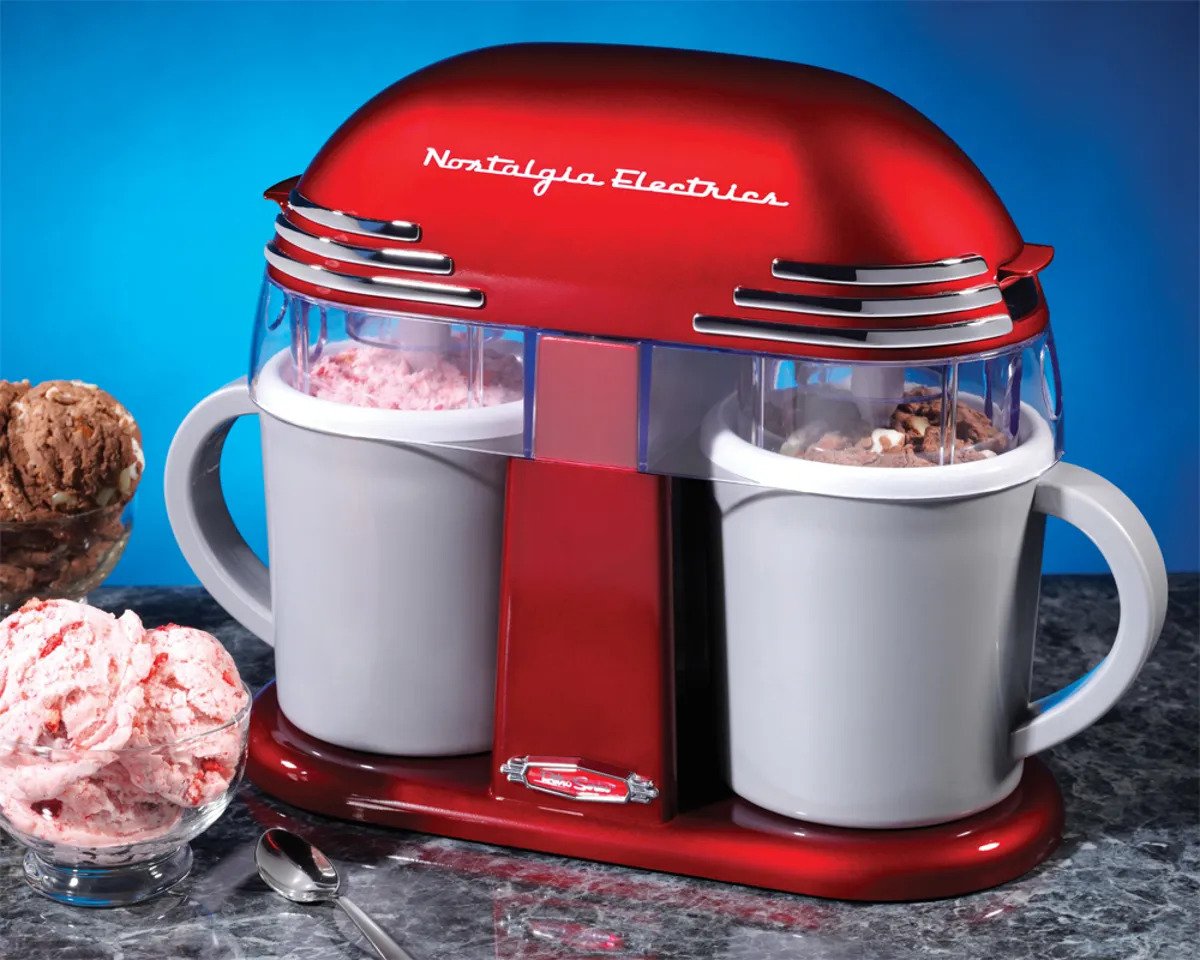
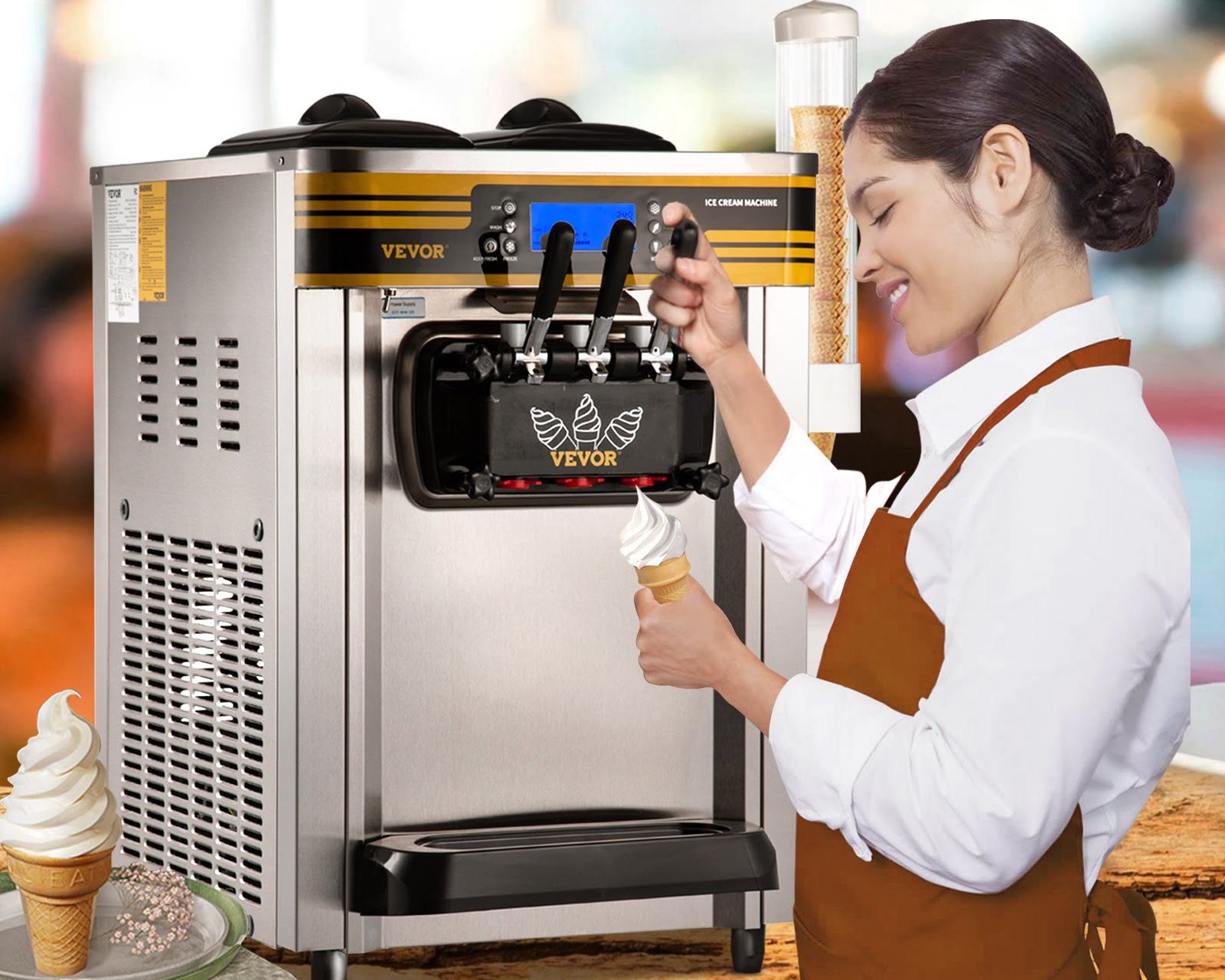
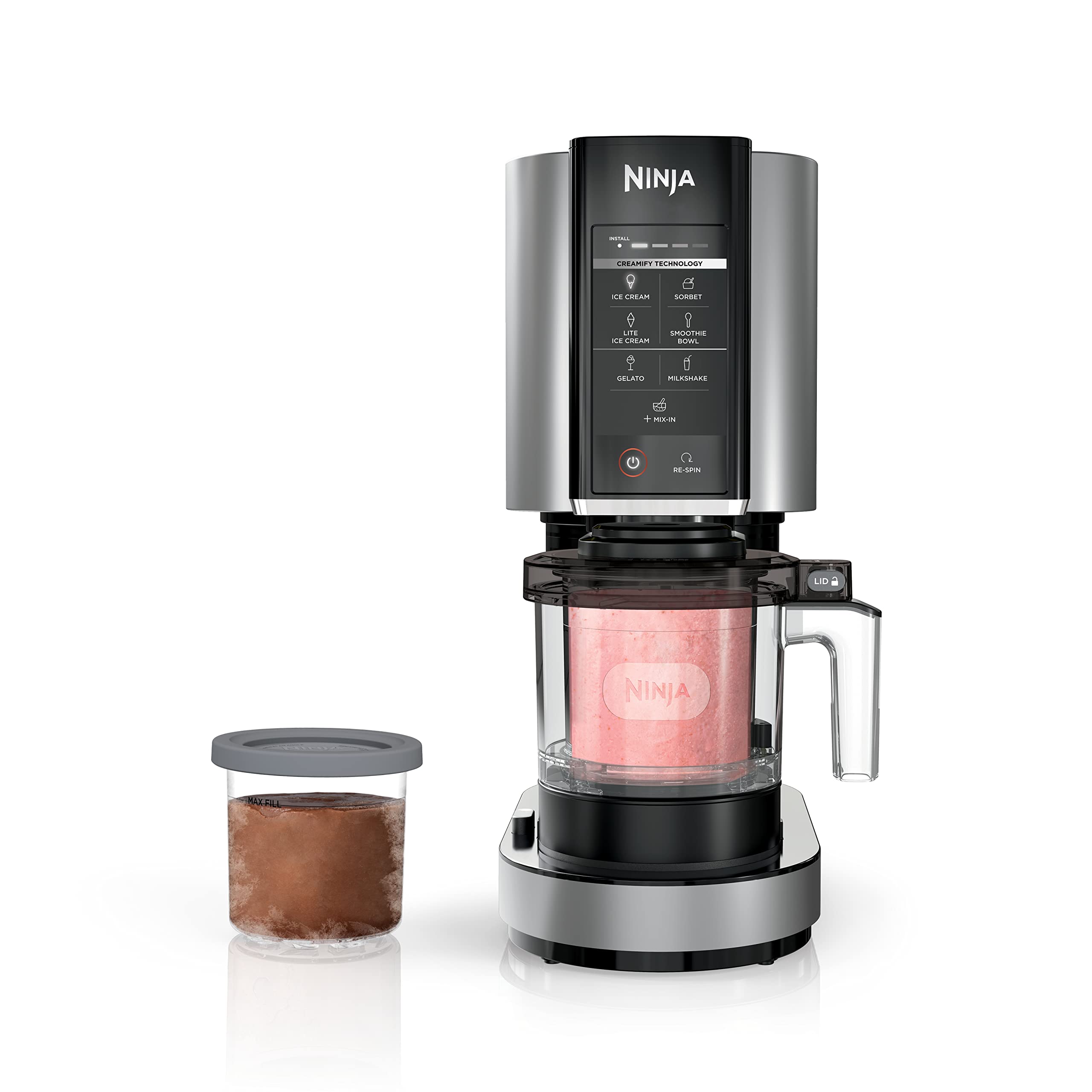
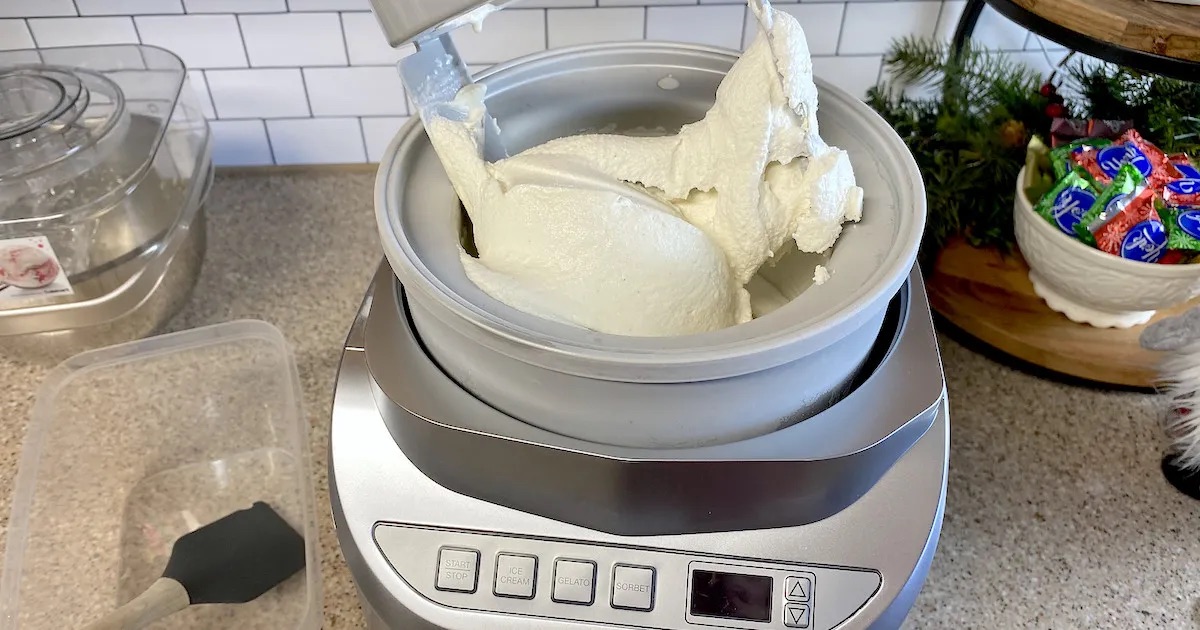
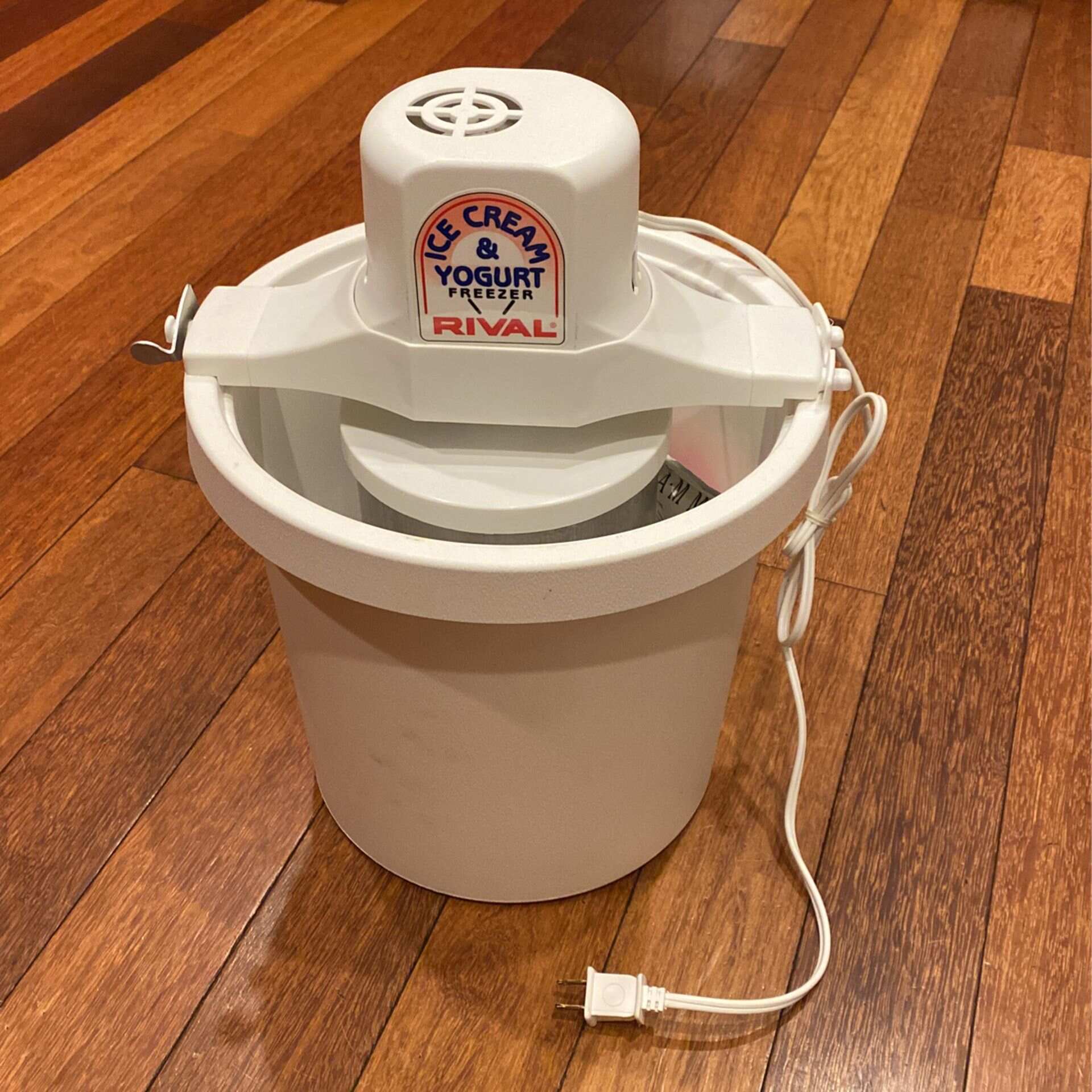
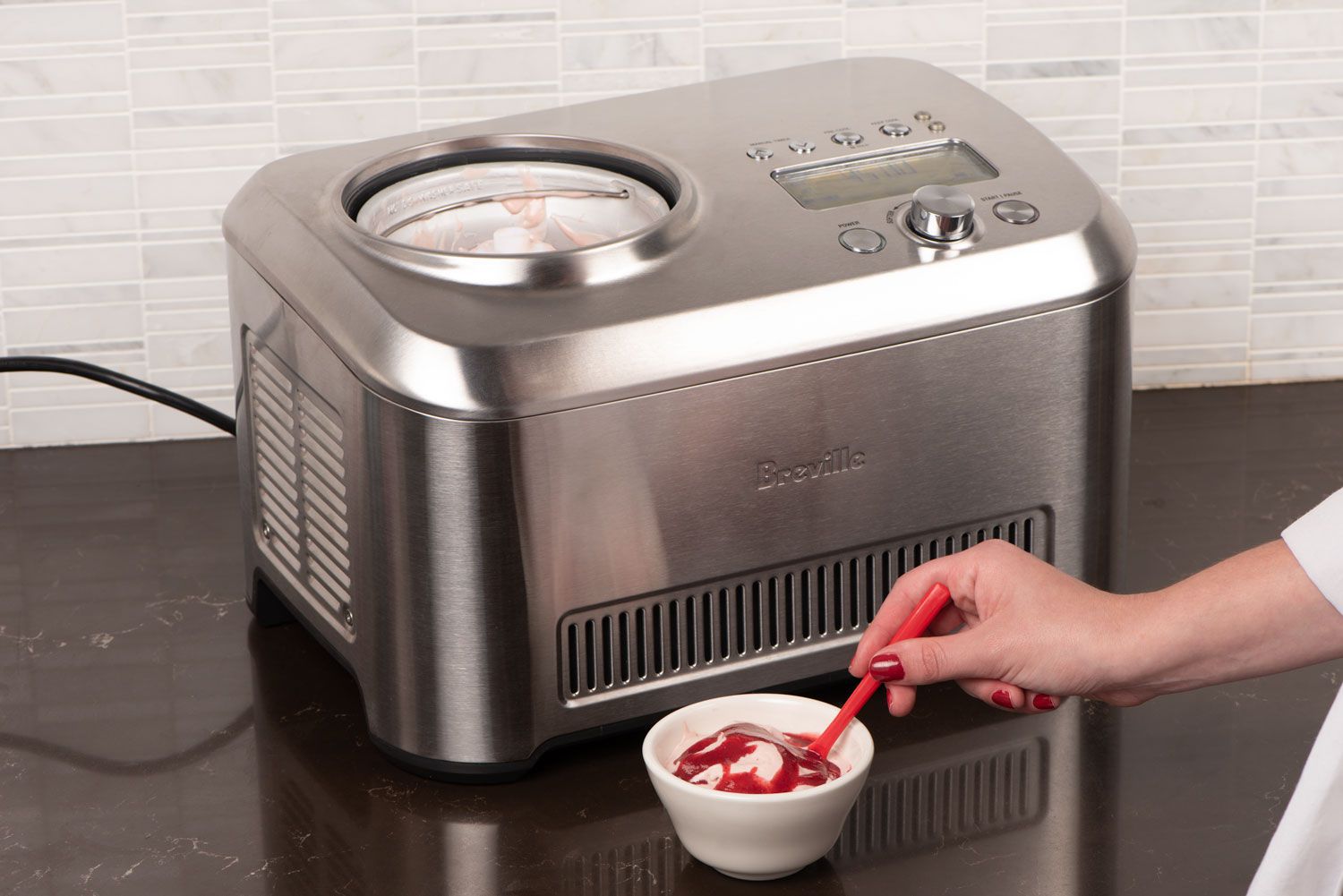
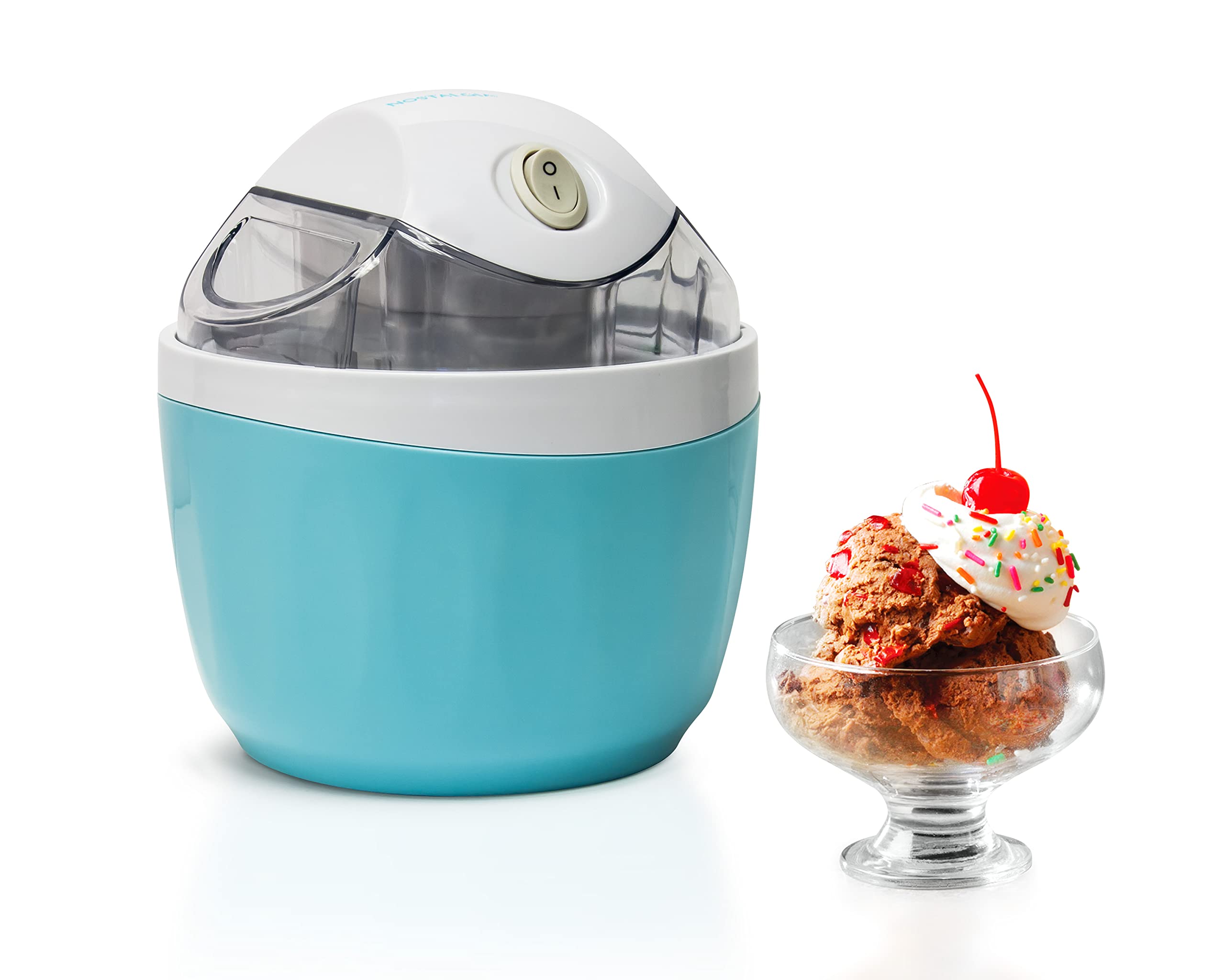
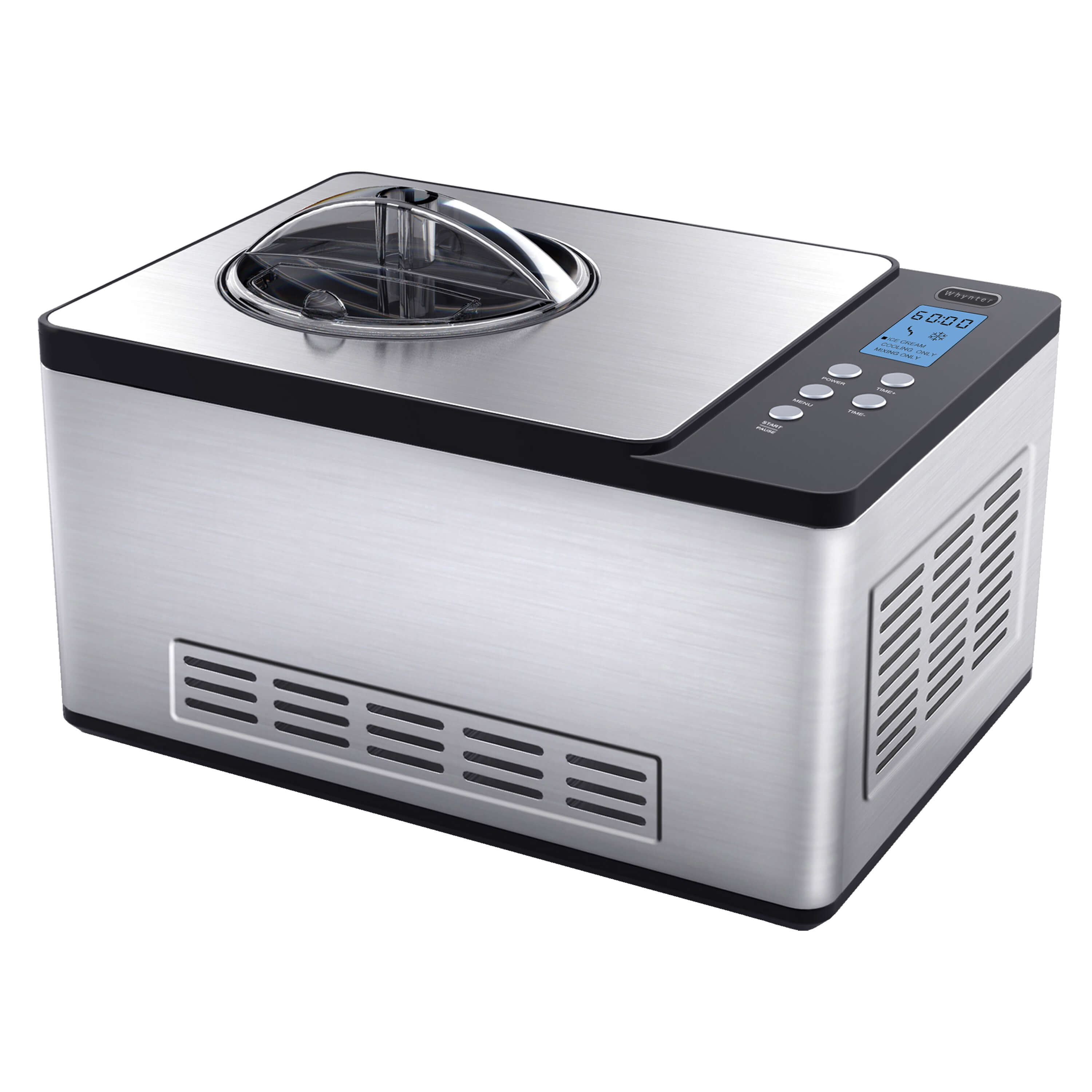
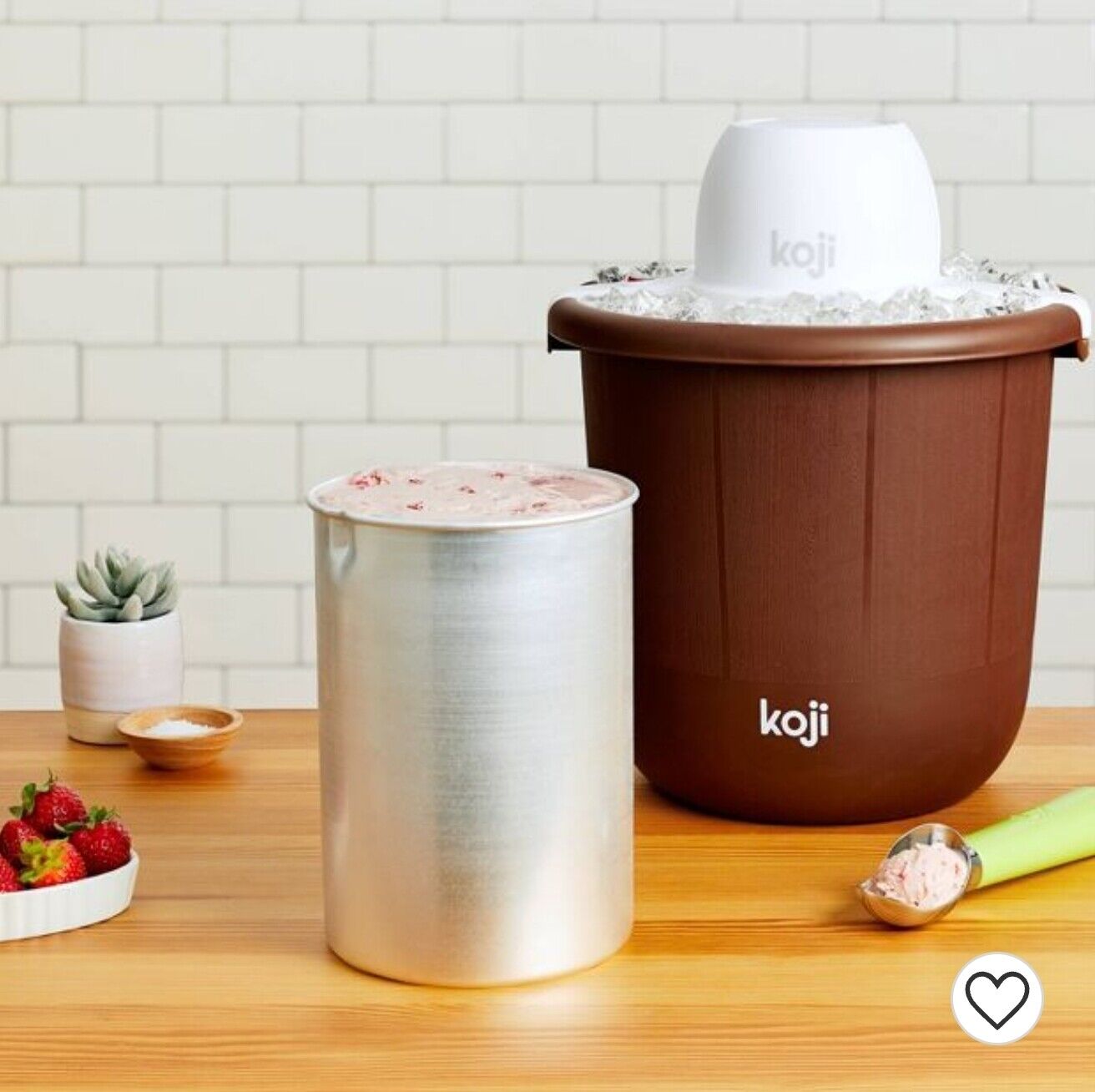
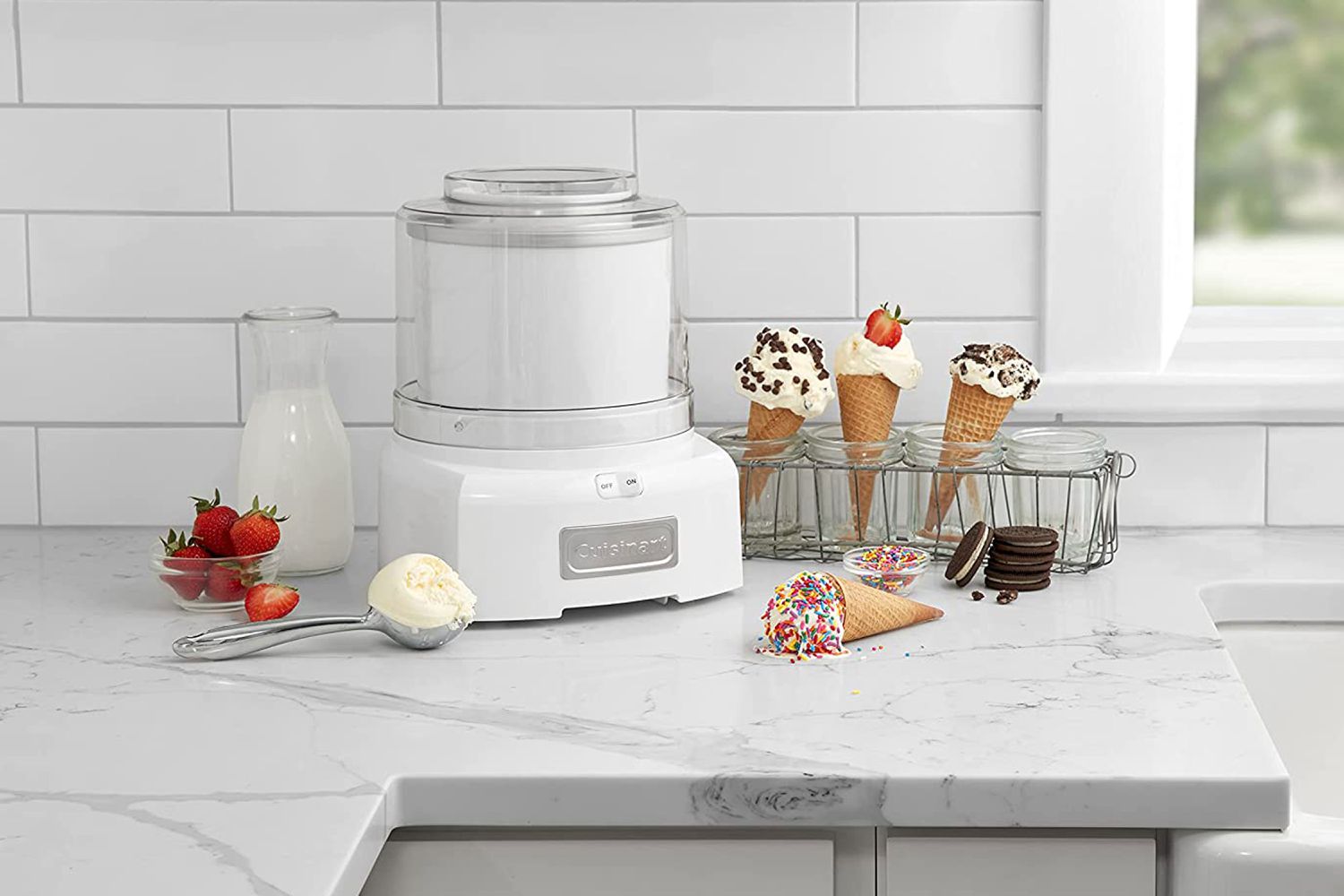
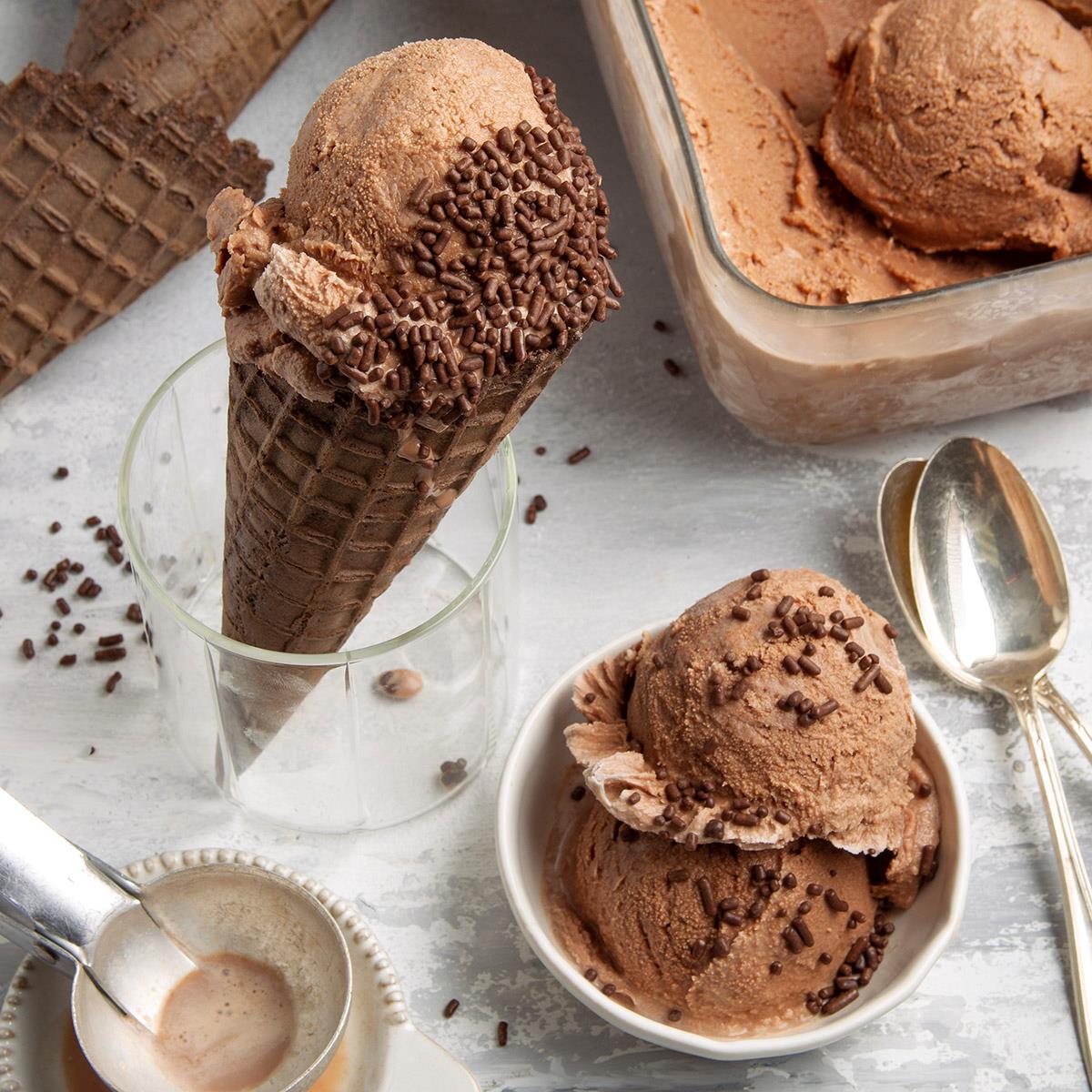
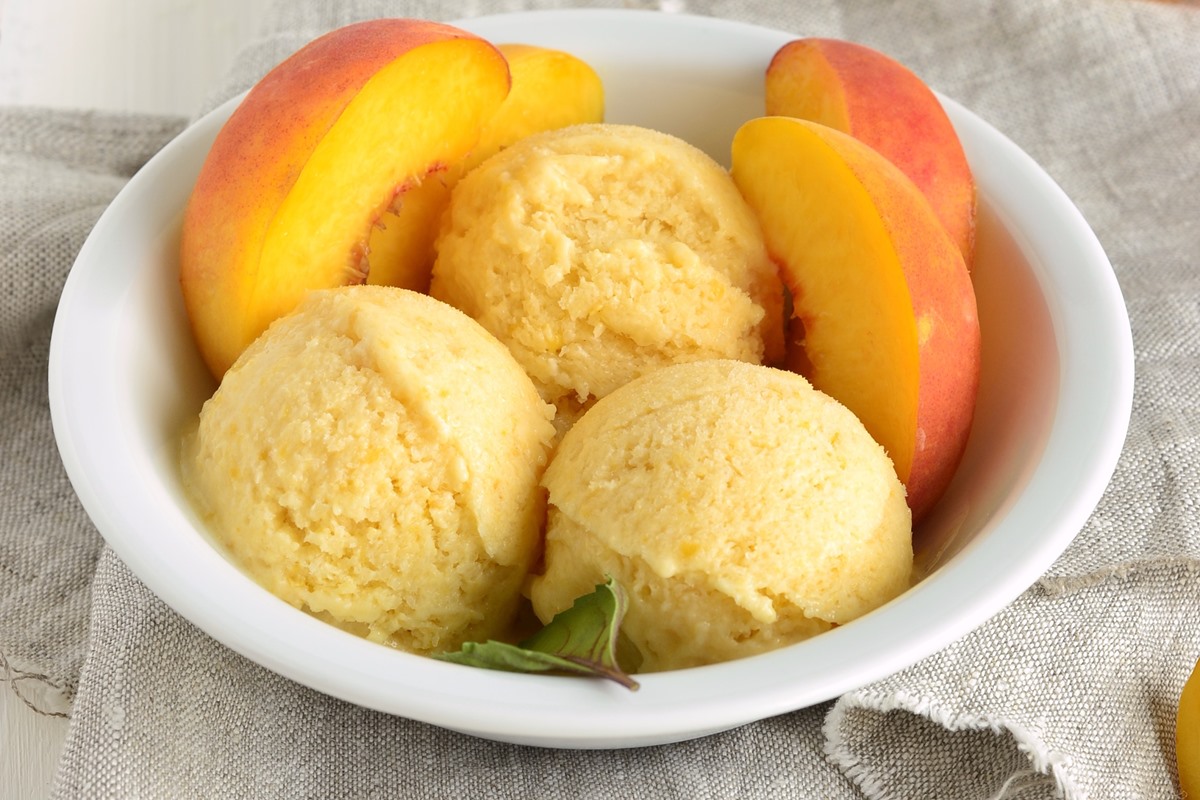
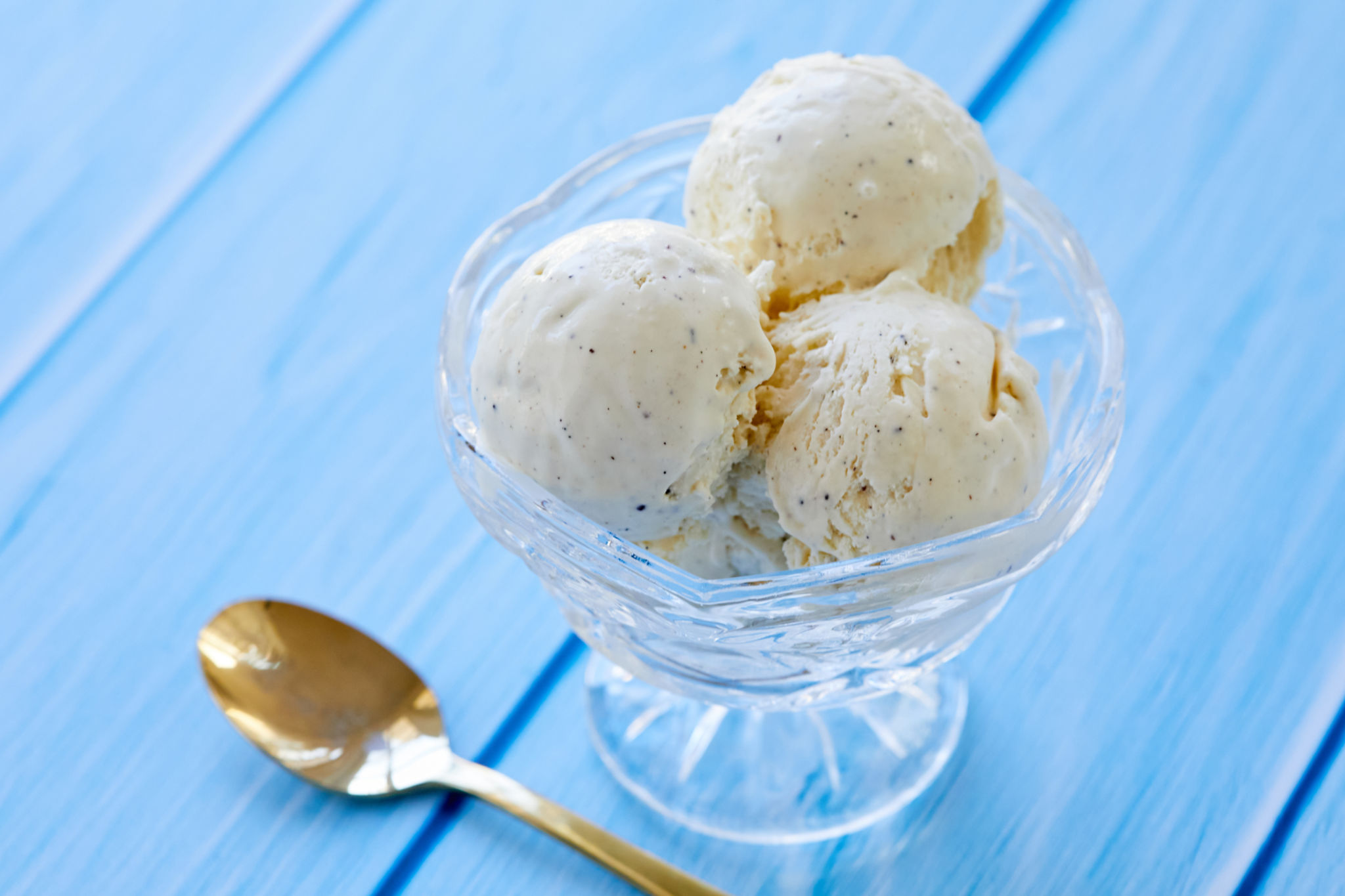

0 thoughts on “How To Use An Ice Cream Machine”